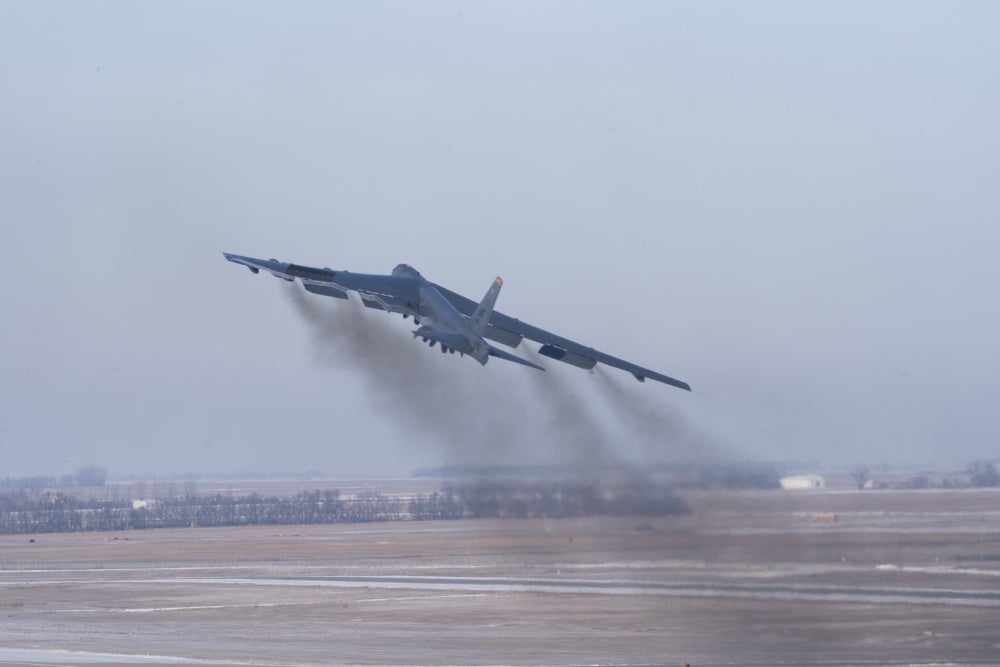Upgrade To Keep B-52 In Service for Another Decade
The Boeing B-52 strategic bomber is one of the longest-serving airplanes within the United States Air Force. Introduced in 1955, it took part in the Vietnam War and dropped thousands of payload during the Operation Rolling Thunder and countless operations since. However, the USAF sees no replacement for its strategic bomber in the foreseeable future. Thus, constant modernization of B-52s is a necessity.
In May 2020, the USAF launched the Commercial Engine Replacement Program for its diminished B-52 fleet. 76 airplanes currently equipped with Pratt&Whitney TF33 engines require a new solution. Three companies were tapped to develop engine designs for the bombers, namely: Pratt&Whitney, General Electric Aviation, and Rolls Royce.
The last of the three, Rolls Royce, decided to propose an F130 engine for B-52 bombers. The commercial version, BR725, has been quite successful. With its fuel consumption lowered and the thrust improved. The TF33 is a 60-year old design, the F130 seems a viable off-the-shelf option that meets the USAF expectations.
In an interview for Breaking Defense, Craig McVey, senior vice president of strategic campaigns, Rolls-Royce North America, said:
“The F130 has been proven in both military operations and commercial service with our business aviation BR725 engine. It’s the right size, the right thrust level, and offers lower risk for integration onto the aircraft. That’s why we say the F130 is the ‘perfect fit’ for the platform. Everything about it is an ideal propulsion solution for the B-52. Additionally, we’ve already completed F130 ground testing in the test cell at our Indianapolis facilities where we will manufacture, assemble, and test the engines, should we be selected. We’ve also completed wind tunnel and digital testing. All of this helps de-risk the F130 for the B-52.”
The contract award will take place in June 2021, but Rolls Royce is not the only one in the game. GE Aviation is ready to pick a fight with competitors with thier CF34-10 engines.
But it is also worth mentioning that the Pratt&Whitney are the only producer which have actually delivered engines for the B-52. They are also a manufacturer of F-35 engines. This could offer an upper hand over thier competition. With the CERP awarded to them, they could count on cementing their position as the Air Force’s top propulsion house.
With 8 more months to go, we can expect that the advertisement of all companies will be aggressive in order to convince the USAF of the reliability of their company’s engines and fulfilling the requirements set. However, it is clear that the B-52 is not headed for retirement anytime soon, no matter who will be awarded the CERP contract.

